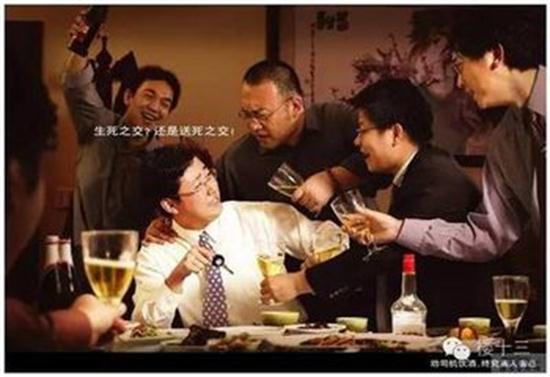
Who decided that your personal artifact from your home country was to be considered illegal? Why is it now a crime to buy or sell your items of value to others? Isn’t the point of cultural exchange to broaden our horizons while maintaining our sense of cultural identity? It might seem like there is a simple answer to these questions, but over time, cultural items have transitioned into the hands of gangs, people of power, and others who do not value the cultural context of the items, but solely their monetary value.
The smuggling of cultural artworks is often coupled with the smuggling of drugs, weapons, and people, yet receives much less attention than the other topics. Is it fair to question our regulations as they apply to criminality? Why, depending on the item being smuggled, do we treat the scenarios differently? We do not acknowledge the trafficking of cultural property in the same context, and see the long-term effects in the form of crimes.
Despite some UNESCO protocols to try to curb the transferring of the illegal artifacts, the world has shown minimal effort to minimize the exchanges.
There is a cultural criminality in the exchange of this property when in the hands of people who solely care about the monetary value. It forces us to question the potential ethnocides that are occurring; I ask you to challenge the dissipating meaning of cultures and arts as the world once knew them to be. We ignore the circulation of cultural property which might be the last tangibles of deceased cultures, practices, beliefs, or tools.
This reminds us that all pieces of art, no matter how significant in culture or history, can be scuffed or reworked by other intentions that destroy the very purpose of the artwork and artifacts.
Not only do cultural artifacts have a long history of being reworked by those in power, but many of these pieces of art— as they apply to various cultures — are deemed illegal, dangerous, or immoral. Artwork that has been smuggled with other illegal things has a different meaning that associates with it. There are a lot of things that we can do to combat this trafficking, despite minimal efforts. This can be within things like legislation or border action, but begins with a refreshed understanding of the seriousness of these crimes. More attention must be focused on these crimes in order to preserve historic creativity and heritage, rather than recategorizing these objects as criminal. We must dissociate the activity surrounding them from the work itself, at the very least.






